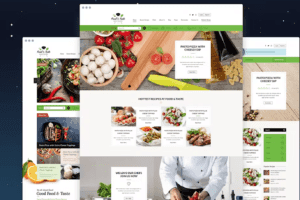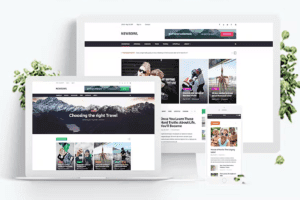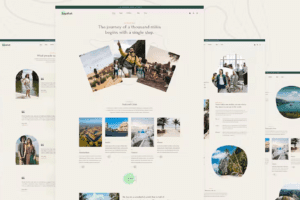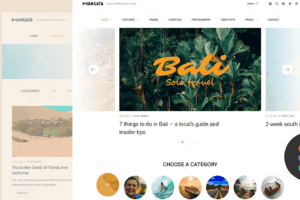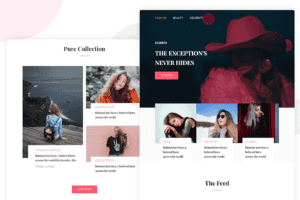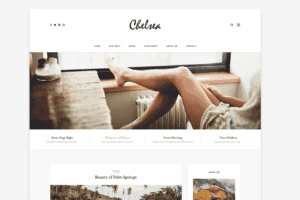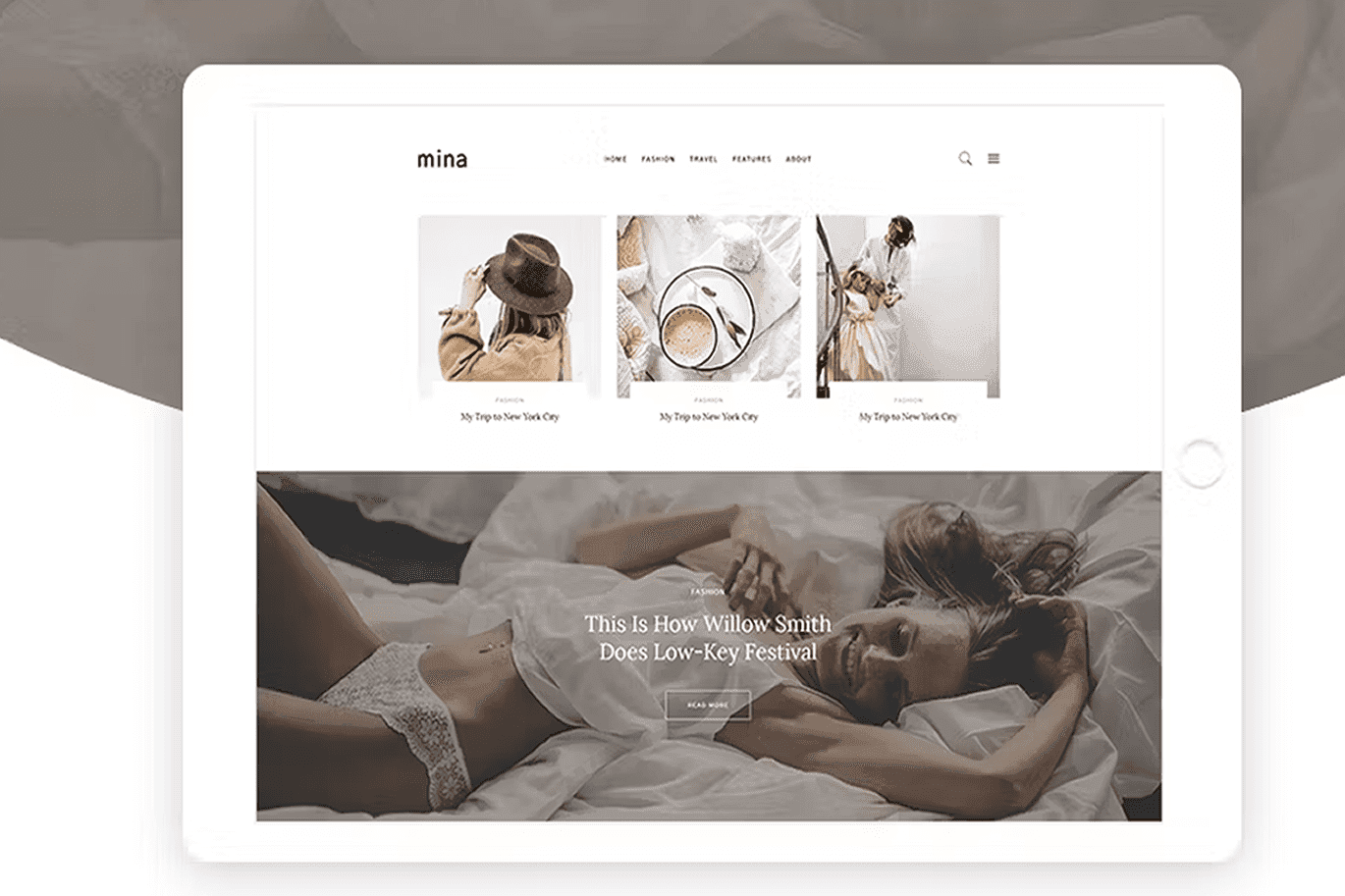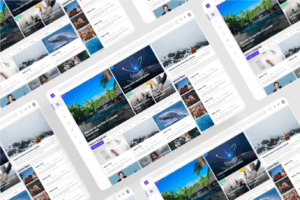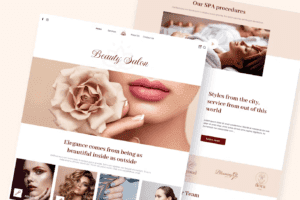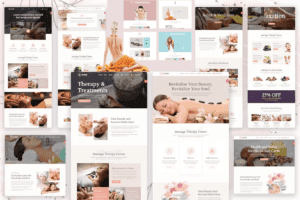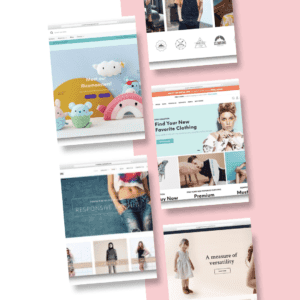DIY vs. Professional Design – When to Hire a Graphic Designer
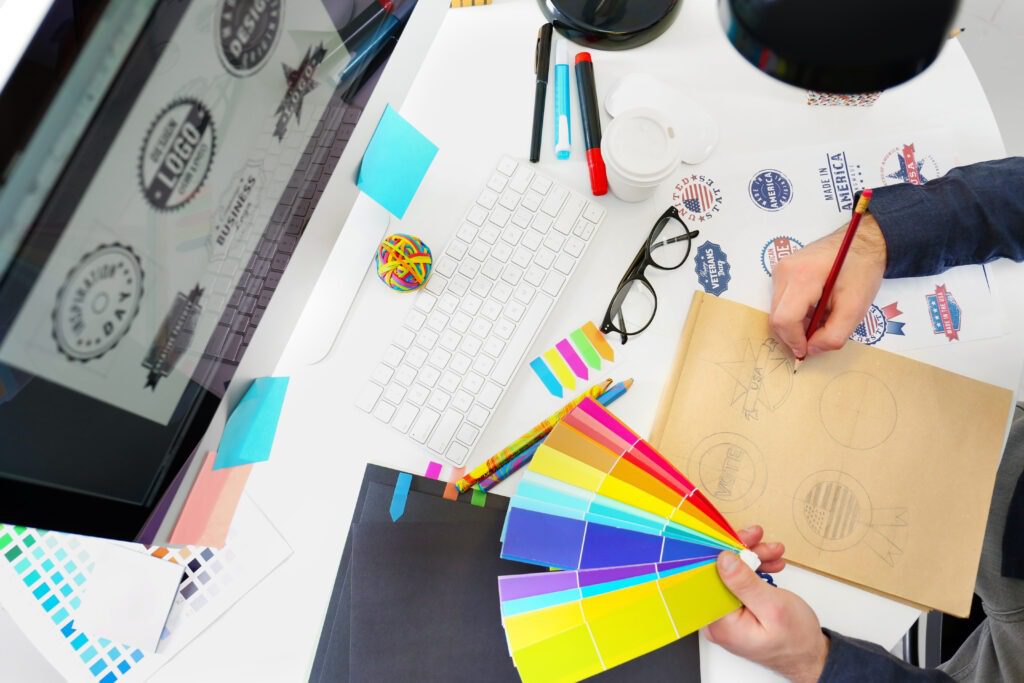
With the rise of online design tools, many individuals and businesses are opting to create their own graphics. While DIY design can be a cost-effective and convenient option, there are times when hiring a professional graphic designer is vital. In this blog post, we will discuss the key factors to consider when deciding between DIY and professional design, and provide insights on when it’s best to hire a graphic designer to ensure your visuals are of the highest quality and effectively convey your message. Understanding the Basics of Design Your journey into the world of design begins with understanding the fundamental principles that govern effective visual communication. Whether you choose to tackle design projects on your own or hire a professional graphic designer, grasping these basics will enhance your ability to create visually appealing and impactful visuals. Principles of Good Design To create designs that resonate with your audience, it’s crucial to understand the principles of good design. These principles include elements like balance, contrast, hierarchy, and alignment. Balance ensures that elements are visually distributed in a harmonious way, while contrast creates visual interest by highlighting differences. Hierarchy guides the viewer’s eye through the design, emphasizing key elements, and alignment brings order and cohesion to the layout. By incorporating these principles into your design projects, you can elevate the visual appeal and effectiveness of your creations. Whether you’re designing a logo, a brochure, or a social media graphic, applying these principles will help you communicate your message clearly and engage your audience effectively. DIY Design Tools and Resources Basics DIY design tools and resources have made it easier than ever for individuals and businesses to create their own graphics and visuals. From user-friendly design software like Canva and Adobe Spark to an array of online tutorials and templates, aspiring designers have a wealth of resources at their fingertips to unleash their creativity. Plus, guided by the principles of design, even beginners can produce professional-looking graphics that effectively convey their message. DIY Design Projects Pros and Cons of DIY Design Designing your own graphics can be a rewarding experience, but it comes with its own set of challenges. Here are some pros and cons to consider before entering into a DIY design project: Pros Cons Cost-effective Time-consuming Personalized touch Lack of professional quality Flexibility and creative freedom Limited resources and tools Learning opportunity Technical expertise required Quick changes and experimentation Not scalable for larger projects Situations Suited for DIY Design Anytime you have a small project with a tight budget, DIY design can be a viable option. Whether you’re creating social media graphics for personal use or designing a flyer for a local event, DIY can be a convenient solution. It’s important to assess your own skills and resources before begining on a DIY design project. If you have a good eye for design, access to design tools, and a willingness to learn, DIY design can be a fulfilling and cost-effective choice for smaller projects. Pros and cons of DIY design should be carefully weighed before deciding to tackle a project on your own. While it can be a cost-effective and educational experience, it’s crucial to recognize the limitations of DIY design in terms of quality and scalability. Working with a Professional Graphic Designer There’s a certain level of expertise and finesse that comes with hiring a professional graphic designer. From conceptualizing ideas to executing them with precision, a designer can take your project to the next level. When to Consider Hiring a Designer Designer is the right choice when you have a complex project that requires a unique and creative approach. Whether it’s branding, marketing materials, or a website design, a designer can bring a fresh perspective and expert skills to the table. Designer is also a great option when you’re short on time or lack the technical skills to bring your vision to life. By hiring a designer, you can ensure that your project is completed efficiently and with professional quality. The Design Process: How Professionals Work The design process with professionals typically starts with a consultation to understand your needs, goals, and preferences. From there, designers will create a concept or mockup for your review and feedback before moving on to the final design. Designers also have access to industry-standard tools and resources that can elevate the quality of your project. This includes software for design work, fonts, and graphics libraries, as well as knowledge of design principles and trends that can make your project stand out. With a professional designer, you can expect a collaborative process that prioritizes your vision while leveraging the designer’s expertise to create a stunning final product. The Impact of Design on Your Brand or Project Despite the countless online resources and tools available for creating designs, the impact of design on your brand or project cannot be understated. Design is often the first interaction a potential customer has with your brand, and it can leave a lasting impression. Good design can enhance the credibility and professionalism of your brand, while poor design can turn customers away. It is crucial to consider the impact of design on your overall branding strategy and project goals. Measuring the Success of Your Design Your design’s success can be measured by how effectively it communicates your brand’s message, resonates with your target audience, and drives desired actions. A professional graphic designer can help you track metrics such as customer engagement, conversion rates, and brand awareness to evaluate the success of your design. By analyzing these metrics, you can understand the impact of your design on your brand or project and make informed decisions on future design strategies. Long-Term Branding and Design Strategies Strategies for long-term branding and design involve creating a cohesive visual identity that consistently conveys your brand’s values and message across all platforms and mediums. Consistency in design helps build brand recognition and trust with your audience over time. Your long-term branding and design strategies should align with your overall business goals and evolve


